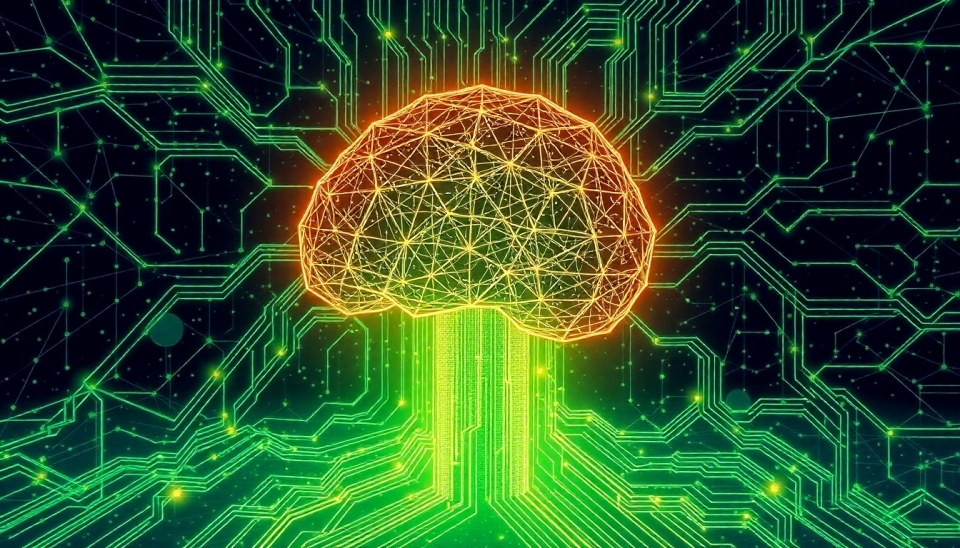
In a surprising turn of events, traditional methods of artificial intelligence are receiving renewed interest in light of innovations brought forth by a company named DeepSeek. Known for its pioneering work in advancing the field, DeepSeek has shifted the spotlight back to established AI frameworks, stirring discussions among experts and technologists alike.
DeepSeek, with its commitment to employing classical AI approaches, has demonstrated the efficacy of these methods in addressing complex problems. This resurgence is not merely a trend but a response to the growing challenges posed by more modern AI systems that can often be overly complex and opaque. Scholars and industry leaders have begun to reconsider how foundational techniques, some dating back several decades, could potentially complement or even replace newer models that have not yet proven their reliability.
One of the key factors driving this revival is the increasing skepticism surrounding the so-called "black-box" nature of contemporary machine learning models. These advanced systems often yield results that are difficult to interpret and validate, raising concerns about their application in sensitive sectors like healthcare, law enforcement, and finance. DeepSeek's methodologies aim to bring clarity back to AI, enabling stakeholders to understand and predict outcomes better.
Experts posit that while modern AI has made remarkable strides, the fundamental strategies often neglected can enhance efficiency and accuracy. The strategies from yesteryears, centered around symbolic reasoning and rule-based learning, can complement today's data-driven approaches, creating a more robust AI ecosystem. As a result, DeepSeek has been paving the way for a balance that rests on both robust science and transparency.
Further illustrating the potential of classical AI techniques, DeepSeek has successfully implemented its systems in various real-world applications—from optimizing logistics in supply chains to enhancing customer service experiences. Many companies are beginning to take notice, inspired to investigate how these older models can fit into their technological frameworks without the invasive complexities that modern AI often brings.
This revival poses an intriguing question for the future of AI development: Can we bridge the gap between the old and the new? The conversation is beginning to shift towards collaborative integration rather than outright replacement. Investors and tech enthusiasts are keeping a close eye on DeepSeek's next moves, reflecting a broader interest in harnessing the strengths of established AI methodologies.
As this discourse unfolds, it's evident that classical AI is not simply a relic of the past. Rather, it is evolving and adapting, showing that, at times, a step back can lead to significant leaps forward. As companies like DeepSeek explore these opportunities, the AI landscape will likely witness a paradigm shift, embracing both innovation and tradition in a merging of intelligent systems.
In conclusion, the journey towards a more transparent and effective AI industry may very well rely on the principles that have guided the technology in its early days. With classical AI regaining traction, the future of technology could be a harmonious blend of the old and the new, making strides in innovation while maintaining a focus on accountability.
#AI #DeepSeek #ArtificialIntelligence #TechNews #Innovation #MachineLearning #ClassicalAI #OldMeetsNew #FutureofTech
Author: Liam Carter




